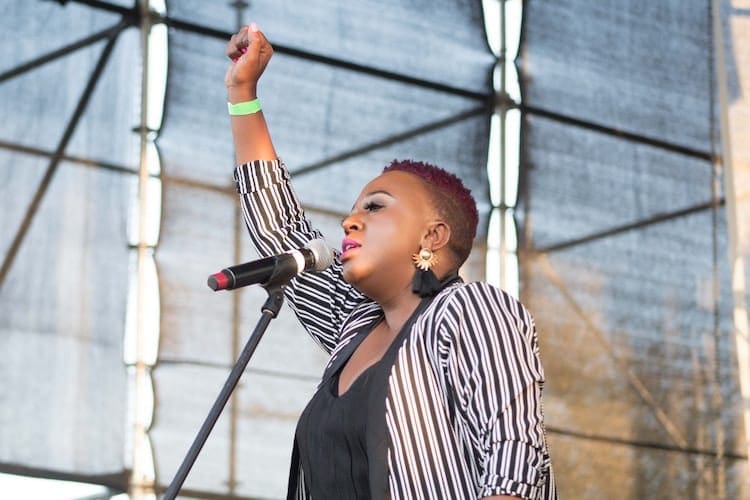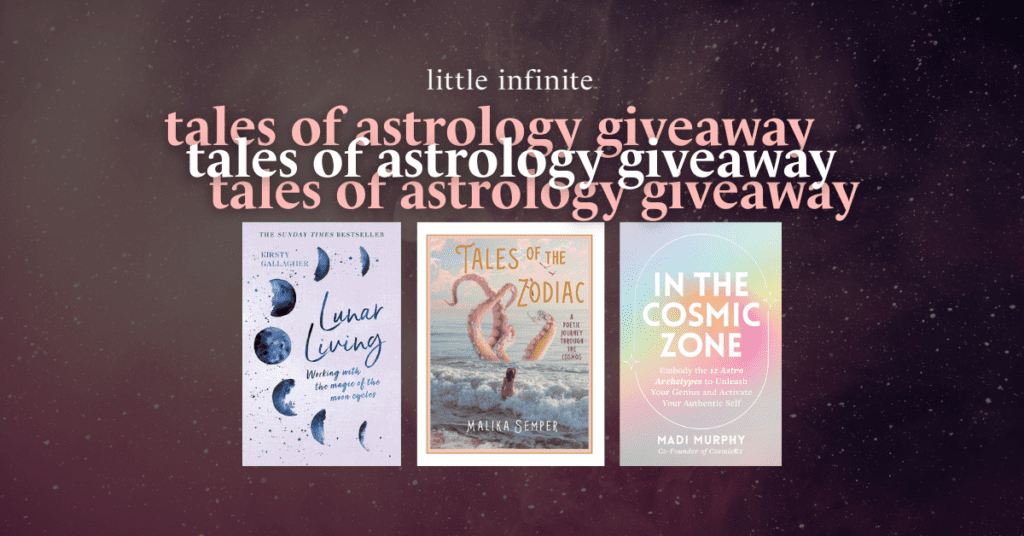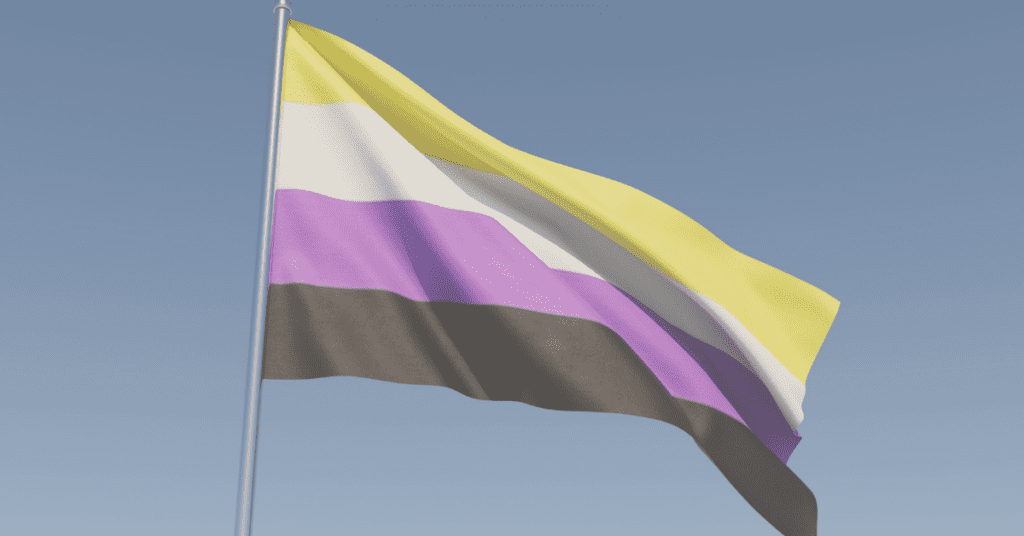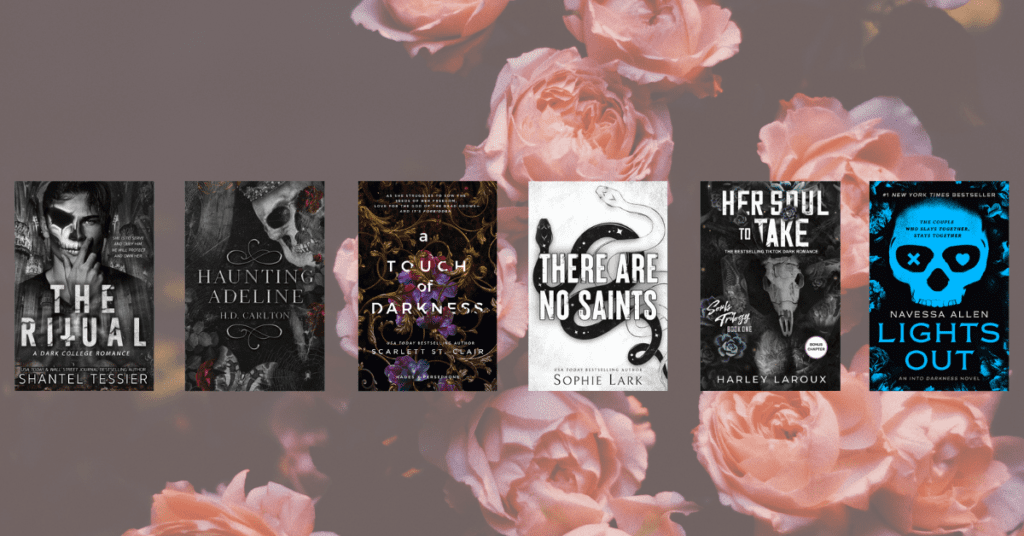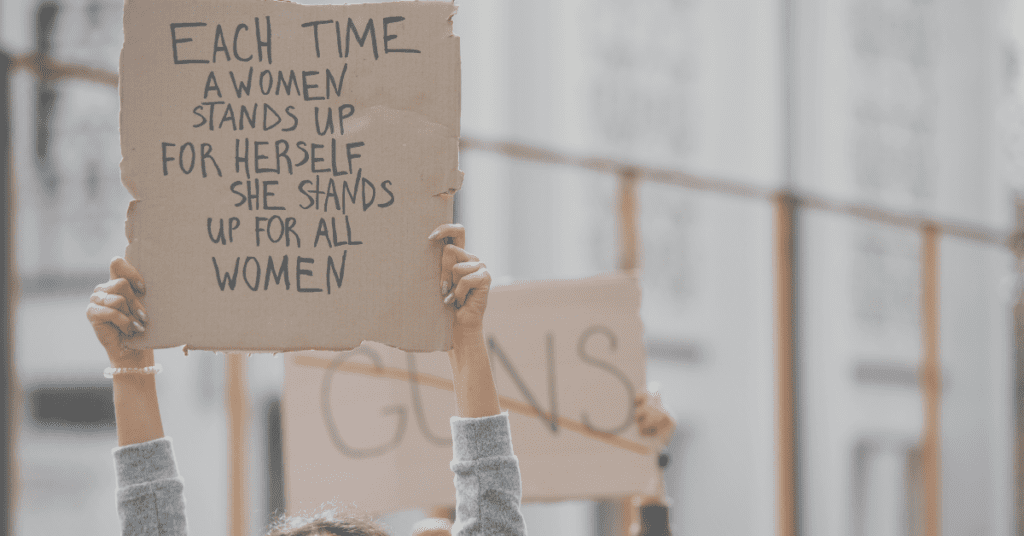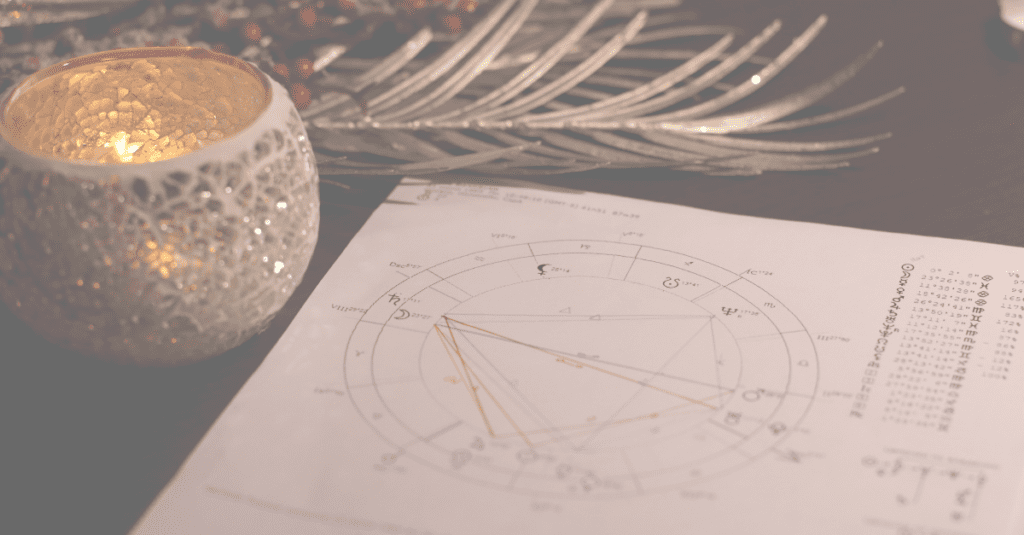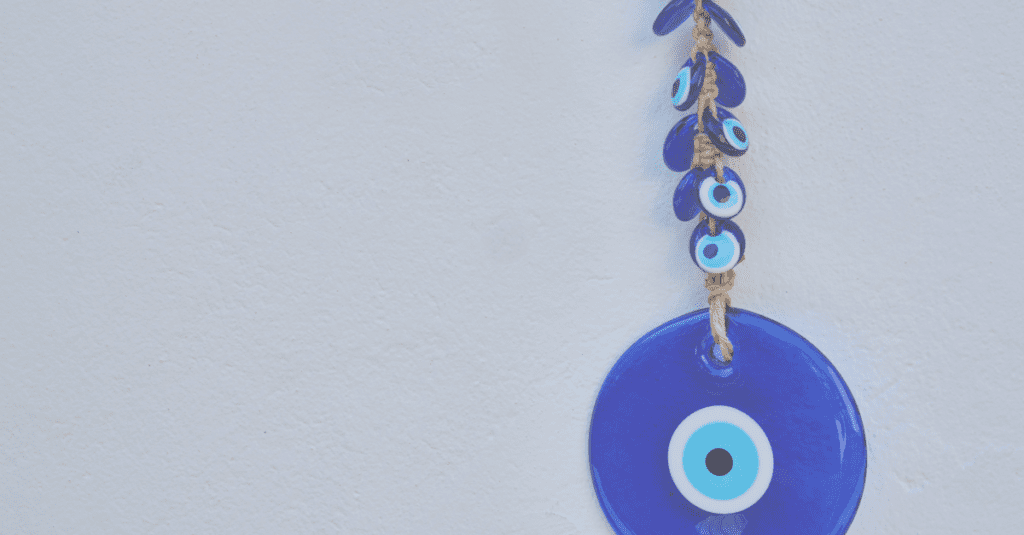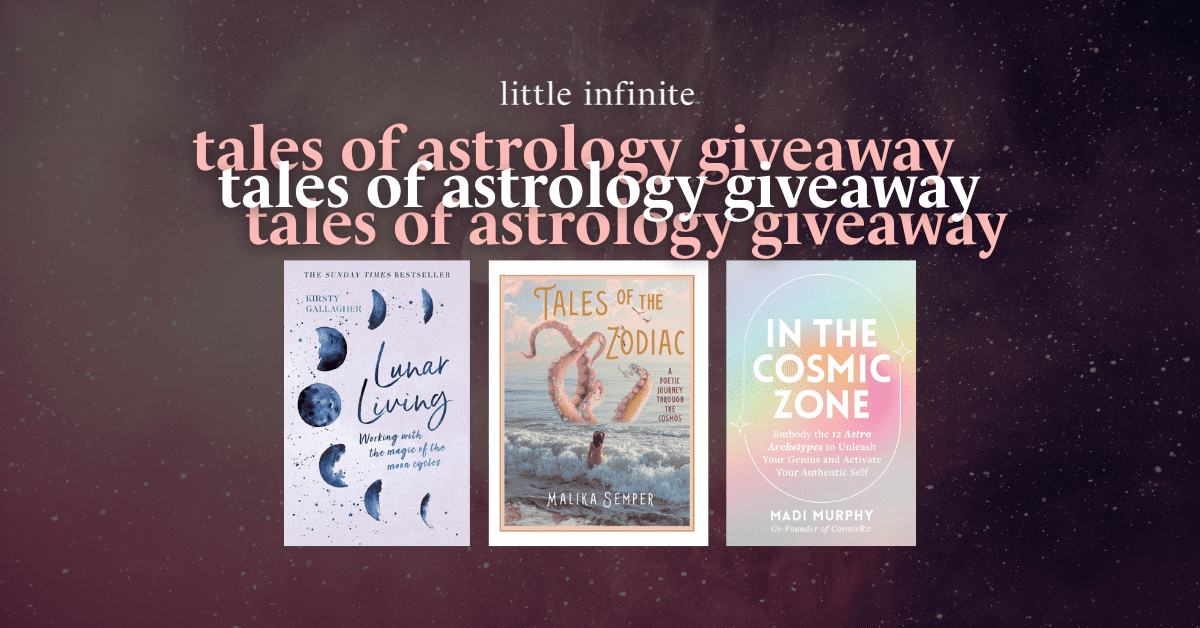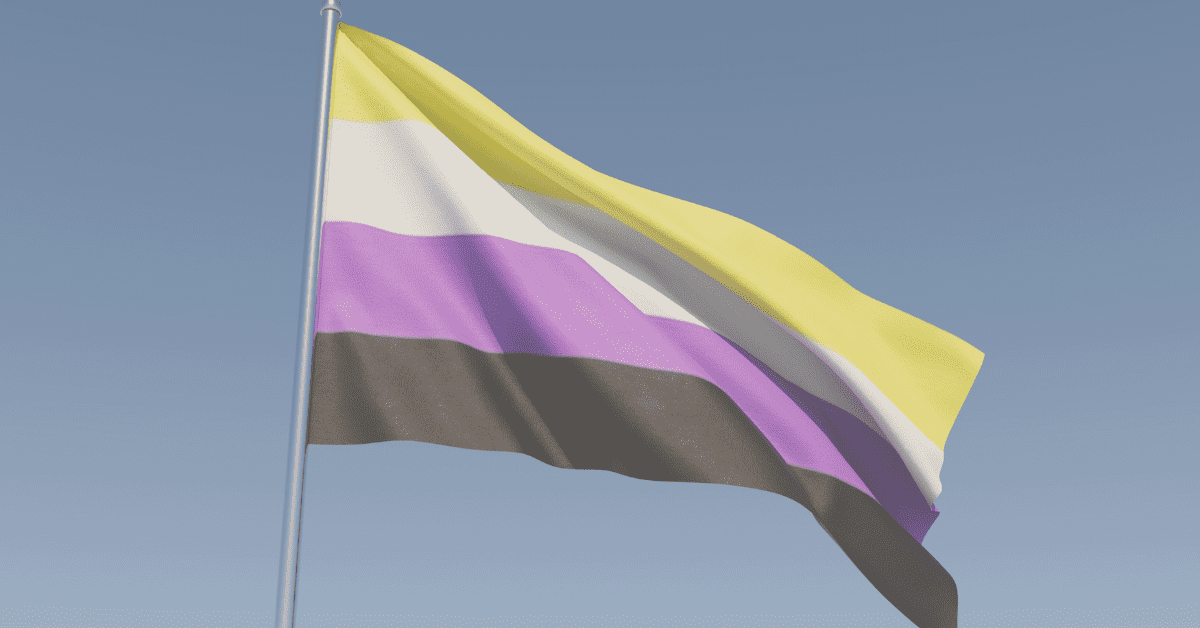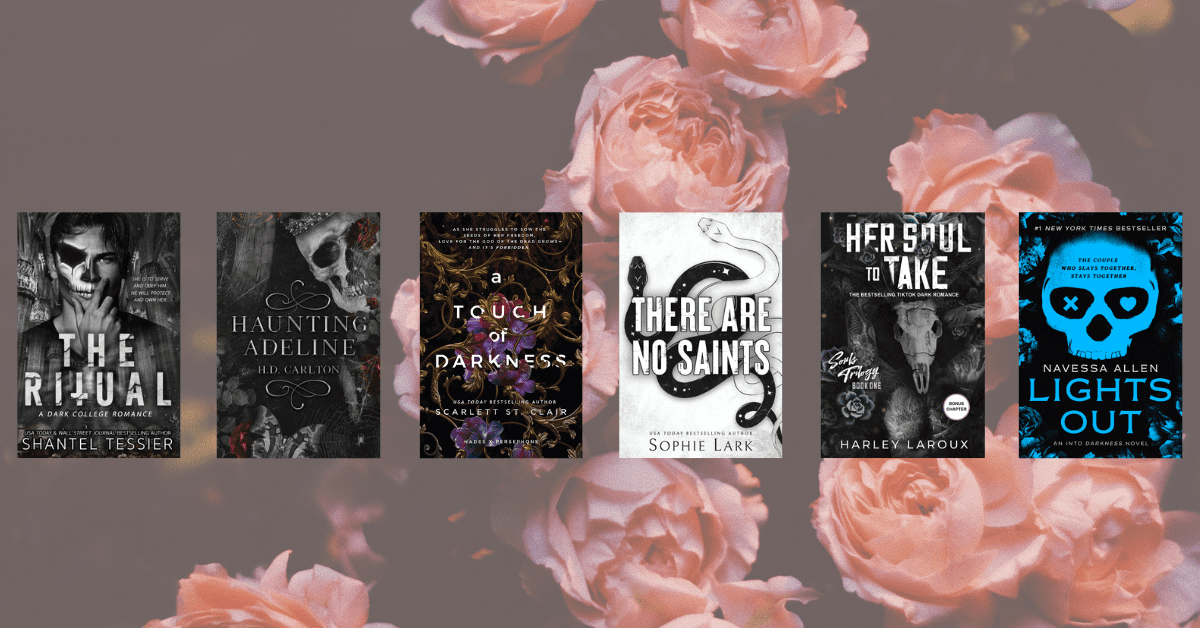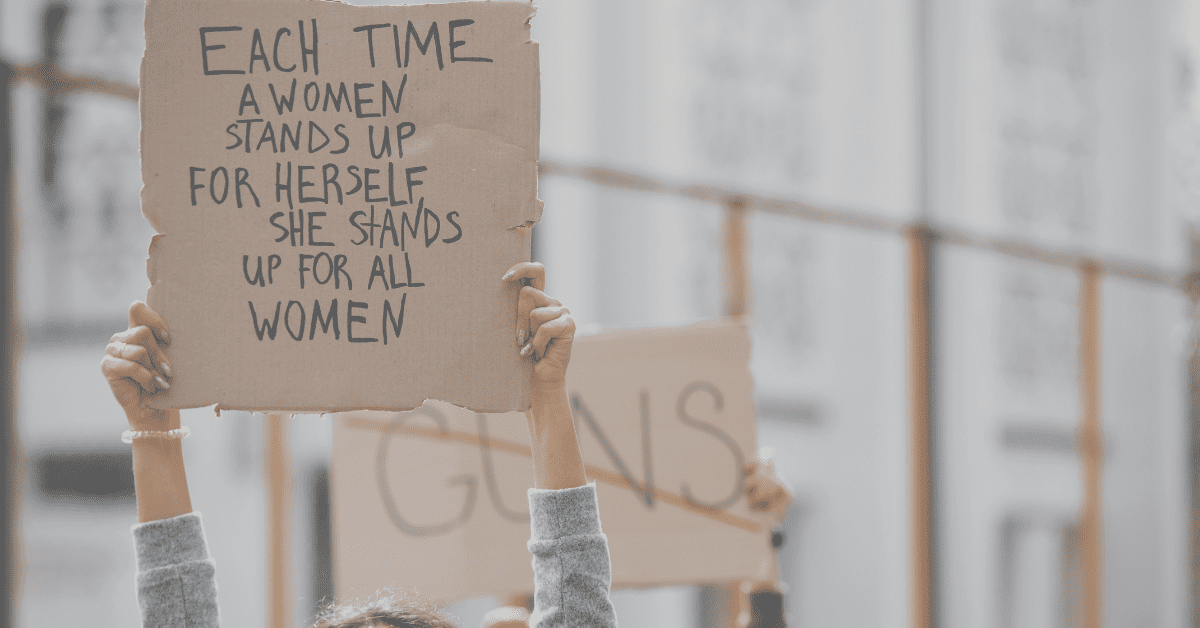Slam Poetry is performance art for poets with strength of heart whose voices can’t be silenced.
Slam Poetry is a form of spoken word performance art that’s taking poetry culture by storm. It’s buzzy, and you hear about it from poets and media alike. Still, there are questions. What is it, exactly? And does it differ from other forms of poetry? Do slam poets publish books? Is it taught in school?
Put simply, slam poetry is not concerned with academia or publishing. Slam poetry is stage-based, and it incorporates several key elements: spoken word poetry, performance, audience participation, and competition. The competitive aspect of a poetry slam event is key.
Here’s a great explanation of poetry slams:
“Slams are open and democratic in nature; anyone who wishes to sign up for the competition can. The scores, which range from 0.0 to 10.0, are assigned by volunteer judges (typically five of them) selected from the audience. The highest and the lowest scores for a poem are dropped and the three remaining scores are added together for a maximum total of 30 points. There is also a time limit of three minutes and ten seconds per performance; poets may and do go over this limit, but a time penalty is assessed and figured into their scores.
Rattle
Slam poetry as we know it originated in the late 1980s and its popularity grew into the 1990s and 2000s. HBO even aired Russell Simmons‘ Def Poetry Jam from 2002 to 2007. It was a beloved show, and it put a lot of voices on the map.
The Roots of Spoken Word
The original roots of slam poetry are found largely in ancient oral traditions — and also linked to the Négritude movement, which is defined as, “a literary and ideological movement led by French-speaking black writers and intellectuals from France’s colonies in Africa and the Caribbean in the 1930s.”
The Négritude writers, living largely in France and Europe and who were inspired by the Harlem Renaissance, explored important issues such as colonization, the African diaspora, culture, and social oppression. It’s this focus on social issues that slam has continued to focus on that separates it.
Poets in the United States later rekindled this oral tradition, dealing heavily in the same themes: injustices in sex, race, gender, and more. Clubs like New York City’s Nuyorican Poets Café became famous for hosting prestigious slam poetry events.
What Sets Slam Apart
Slam poetry doesn’t depend on the page for its power. Slam poets evoke emotion and the power of everyday language and delivery with their enthusiasm and voice, versus more formal or academic poetry techniques. Where a poem on a page might use lineation as a device, the slam poet may use breaks or silence as a device.
In a piece published at Study Break, one writer says, “The most satisfying element of spoken word poetry is being able to listen to the poet perform their piece on their own behalf. As they are often the face of the poem’s protagonist, the poet creates a strong relationship between themselves and the poem, which makes the connection between the audience and the poem that much more gripping.”
“There were poets long before there were printing presses, poetry is primarily oral utterance, to be said aloud, to be heard.”
Etheridge Knight, On the Oral Nature of Poetry
Although poetry is often considered art made for the page (or for quiet, cozy consumption) remember that poetry is steeped — no, born! — in the history of oral storytelling. It comes from the love, passion and a need for human expression.
In a piece, “On The Oral Nature of Poetry,” out of the Journal of Black Studies and Research, Etheridge Knight wrote, “There were poets long before there were printing presses, poetry is primarily oral utterance, to be said aloud, to be heard.”
A Modern Poetic Medium
Slam poetry is still going strong today. In Chicago, the Louder Than A Bomb poetry festival is the largest youth poetry festival in the world. In fact, it’s credited with changing lives.
Here are some of amazing slam poetry performances. We encourage you to continue searching, as there are so many treasures to be found! If you’re interested in seeing a slam or participating in one, here’s a list of venues.
Feature photo by Nkululeko Mabena on Unsplash
